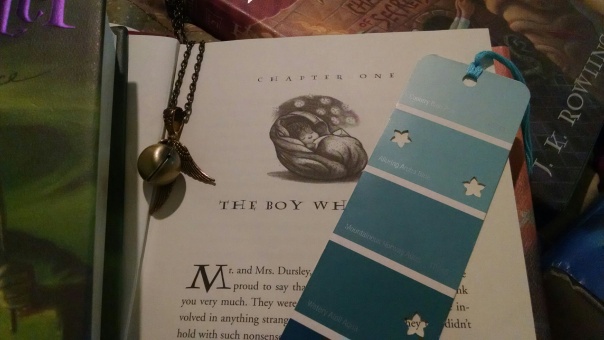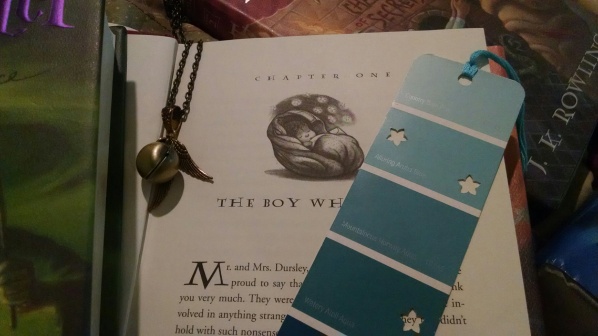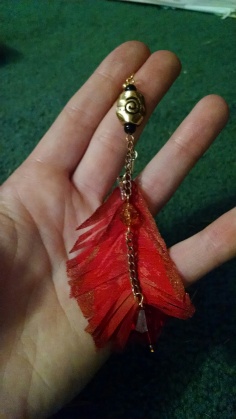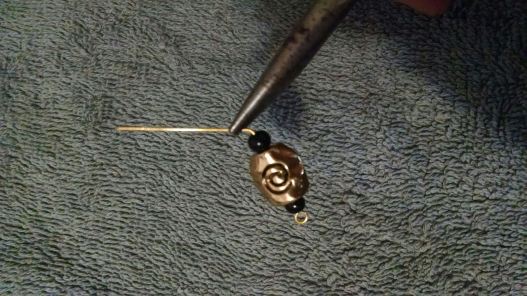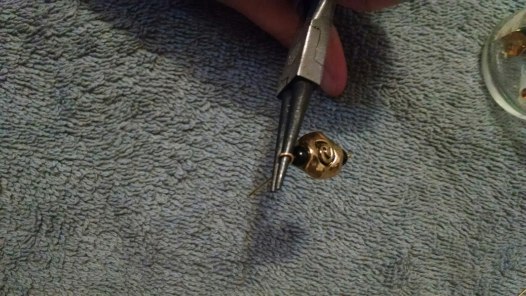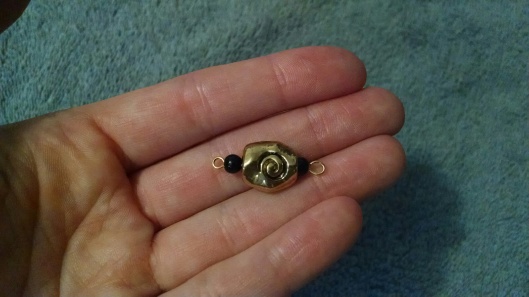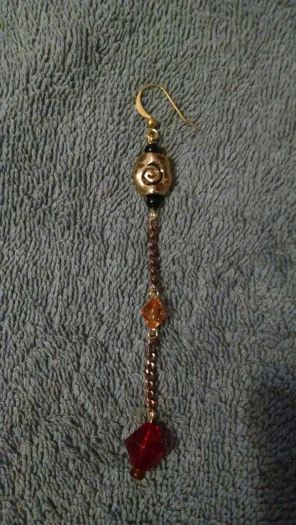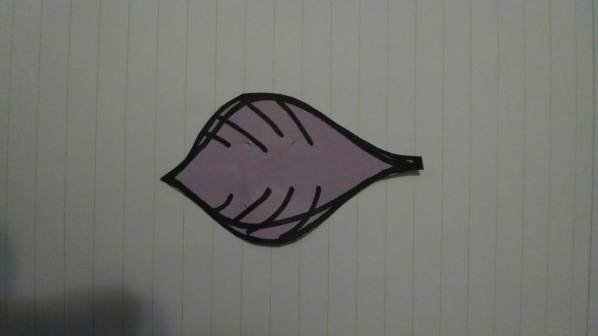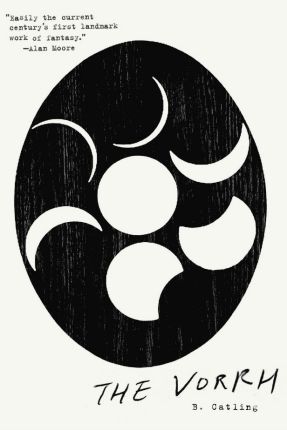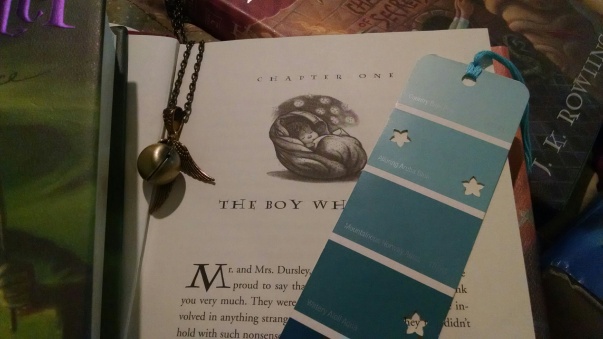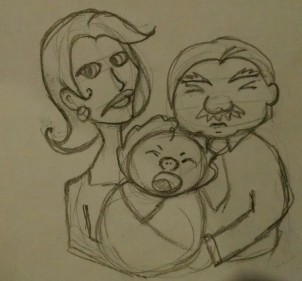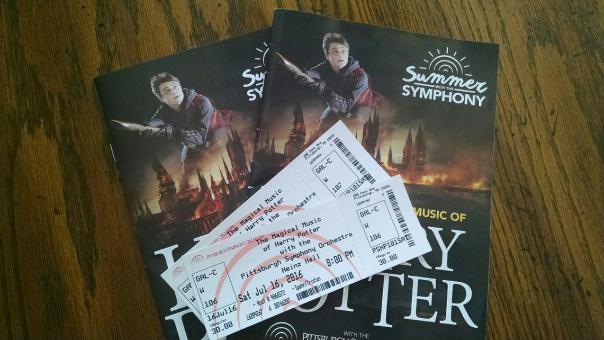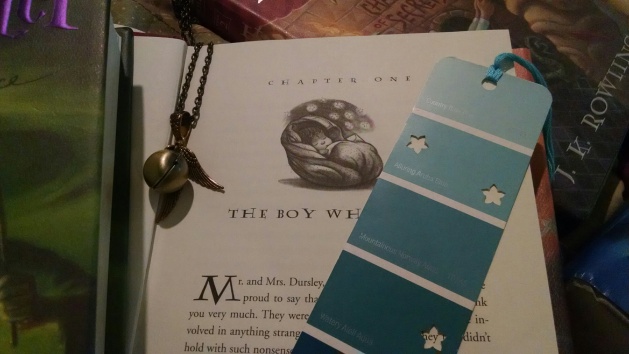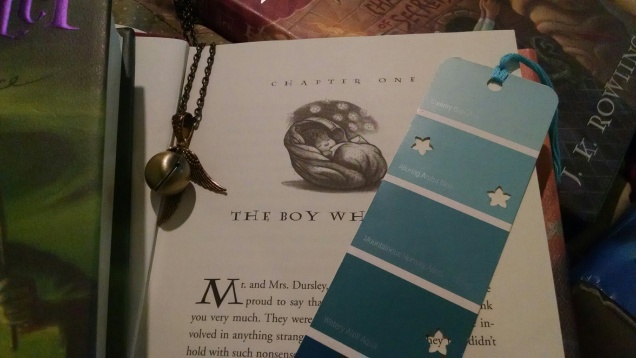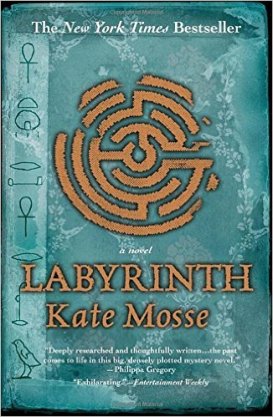
Languedoc Triliogy Book 1, G. P. Putnam Son’s, 2005, 508 pgs.
Two women. One, Alice, a modern academic who mistakenly gets caught up in a conspiracy dating back thousands of years after volunteering to help on her friend’s archeological dig. The other, Alaïs, part of the nobility of medieval Southern France whose father carries a grave secret with him. As Alice attempts to evade capture by the mysterious cult looking for her, Alaïs tries to save her home and her Cathar neighbors from Northern invaders conducting a Crusade. Across time their stories will meet, finally giving voice to those whose religion was reviled as heresy and whose lands were stolen on this flimsy excuse. And through it all, between the two of them, they will protect the real secret of the Grail.
Aaaand, it’s negativity fortnight time! Begin!
This is actually probably the worse of the books for the next two reviews, if only for the fact that it’s the one I should have liked. For all the problems I have with next week’s book, I do realize I was never going to be fond of it, simply for what it is, and that does effect my judgement. We’ll get back to that next week, though.
Labyrinth, on the other hand, really should have been something I loved. I look at all the topics it covers and see what could be a list entitled “Things I Like Narratively.” I mean, archeology, herb lore, Grail legends, reincarnation and shared memories, ancient Egyptian relics, conspiracies, medieval settings, religious conflict? All of these are things that I’m pretty innately interested in. For some of them it’s like telling me a book involves wizards of fairies. I’m going to be there.
This one didn’t work, though, and the disappointment is further exacerbated by the fact that it could have been very good. For a lot of the structural elements the author does seem to know what she’s doing, and does it well.
The setting, for example, if beautifully drawn. Modern-day Southern France may be sketched in a typical, picturesque travelogue style, but the medieval side of things is wonderful. It’s complex and detailed, giving constant little asides about the politics or the way of life or the new religion cropping up.
Neither French history or Cathar history are subjects I know enough about to gauge the accuracy here, but again, Mosse does seem like she knows what she’s doing. The inclusion of a historical reading list and language notes at the end make it seem like it’s well researched, at least. And even if it isn’t, the portrayal is convincing enough for the sake of the story; there are times when you really feel like you’re caught in the middle of this conflict.
The pacing of the novel, too, is good. This is primarily a mystery adventure with a little magic thrown in, and it has the build for it. From the strange initial happenings to the good scattering of clues and consistently growing suspense, this has everything you’d want from the genre. In fact, it was the build that primarily kept me reading. I very much wanted to solve the mystery, to see how everything played out, and that’s the work of some well-developed plotting.
But for me it’s always going to be about the characters, and that’s where it all falls apart for the book. I have written down in my notes for this review “these feel more like caricatures than characters,” and that about sums it up. Let me be frank here: when I made that resolution to read more books geared at adults this year, I did so hoping for more complexity than the standard YA fare, not less.
When the protagonists are all steadfastly dutiful and kind, and the antagonists are all remorseless monsters, and neither group seems to have any personality beyond that, you know the characterization’s gone wrong, though. Given, most of the antagonists are French Catholic, and there’s a part of me that wants to blame their all being hilariously evil on the fact that the author’s British. But still, it’s a major problem.
This lack of any sort of depth to the characters is frustrating on several levels. The first is in relation to how well-developed the setting is in comparison. This feels like a real place, so it’s doubly noticeable when the people in it don’t feel like real people. I think this may be the one point where the sweeping good and evil plot that’s set against the more down-to-earth politics is a hindrance rather than a help.
The super flat characters are especially galling considering they’re supposed to be part of something that actually happened. There’s a part of me that can’t help but feel this would have been more interesting if Mosse had nixed the Grail plotline altogether and just left the religious and political conflict, with the shared memories as the magical element.
The second is the unfortunate fact that our leads, for both the heroes and the villains, are really the worst of it. We have two sets each, one from the medieval past and one from the present, but considering the present two are supposed to be reincarnations of the past set, they have generally the same characteristics. And those characteristics are…well.
Let’s just say when you have a sweet, blushing protagonist battling a manipulative, evil slut that setup’s not only bland and annoying, it’s honestly a little offensive. This is one of the most slut-shamey books I’ve ever read, and I read a hell of a lot of YA. We all rag on Bella Swan for setting herself against the vapid “other girls,” but we forget how common that dichotomy actually is.
And at least Bella’s “other girls” weren’t literally trying to be Sexy Voldemort. Much like for the rest of the cast, this wouldn’t have been as much of a problem if the four weren’t played to such extremes. Alaïs/Alice are everything you’d expect from generic strong heroines: independent, rebellious, strong-willed, kind. These all sound like good things, but you can see the strings so clearly and they have so little personality otherwise that the characters end up coming off as underdeveloped instead.
Especially when the author sets that perfect, wholesome goodness against Orianne, who pillages her father’s corpse without a second thought and her modern counterpart Marie-Cécile, who’s trying to become immortal and murdering left and right to do so.
To the book’s credit, some complication is thrown in toward the end. Sajhë, the novel’s adorable, courageous child character grows up and actually does some morally questionable things, and Guilhelm, Alaïs’ cheating, scumbag husband eventually sees the error of his ways and tries to atone. Neither are really enough to make up for the preceding 400 pages of boring, one-note lack of variation, though. Or for the fact that our leads never grow even the slightest bit of that complexity.
Though we are told that Alice is a Nickleback fan, so maybe we are supposed to be a little wary of her.
(I kid, I kid. The world was a very different place in 2005.)
I just find myself wishing that Mosse had put even a quarter of the care she took with period research into building her characters. That would have really made the book something worth reading. Instead we’re left with a slightly more interesting version of The Da Vinci Code, with all the moral depth of a bad superhero comic.
